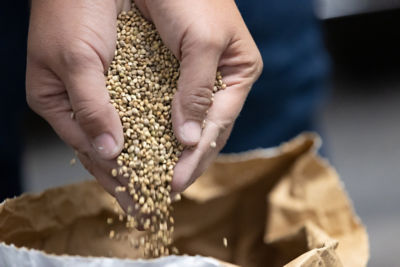Description
The greenhouse whitefly (Trialeurodes vaporariorum), the sweet potato whitefly (Bemisia tabaci) and the silverleaf whitefly (B. argentifolii) are serious insect pests for pepper and eggplant plants. Immature and adult whiteflies colonize the underside of leaves. The larval stages are sedentary, whereas the tiny (1 mm) adults fly short distances from leaf to leaf or plant to plant, or are carried for miles by wind. Once established, populations build up rapidly due to a life cycle of 20 days or less in dry, warm climates. Rain and cold weather reduce whitefly populations. Plant damage is similar to that caused by aphids. Whiteflies feed on phloem, and produce sugary honeydew on leaves and fruit. Sooty mold fungi colonize the honeydew, reducing fruit quality and yield. Whitefly infestations can also slow plant growth and cause stunting and defoliation.
In pepper and eggplant, B. tabaci, and B. argentifolii are important vectors of geminiviruses, such as Pepper golden mosaic virus, Sinaloa tomato leaf curl virus, Pepper hausteco yellow vein virus, Tomato yellow mosaic virus and other geminiviruses, found worldwide. These viruses are all carried persistently, generally throughout the adult life of the vector. There is no documented evidence to suggest that these viruses are passed to the offspring of infected adult whiteflies.
 The silverleaf whitefly
The silverleaf whitefly
 Leaf distortion caused by whitefly feeding
Leaf distortion caused by whitefly feeding




